CERTIFIED FOR EXCELLENCE
Leaders in CNC Component Manufacturing.
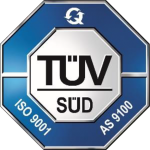



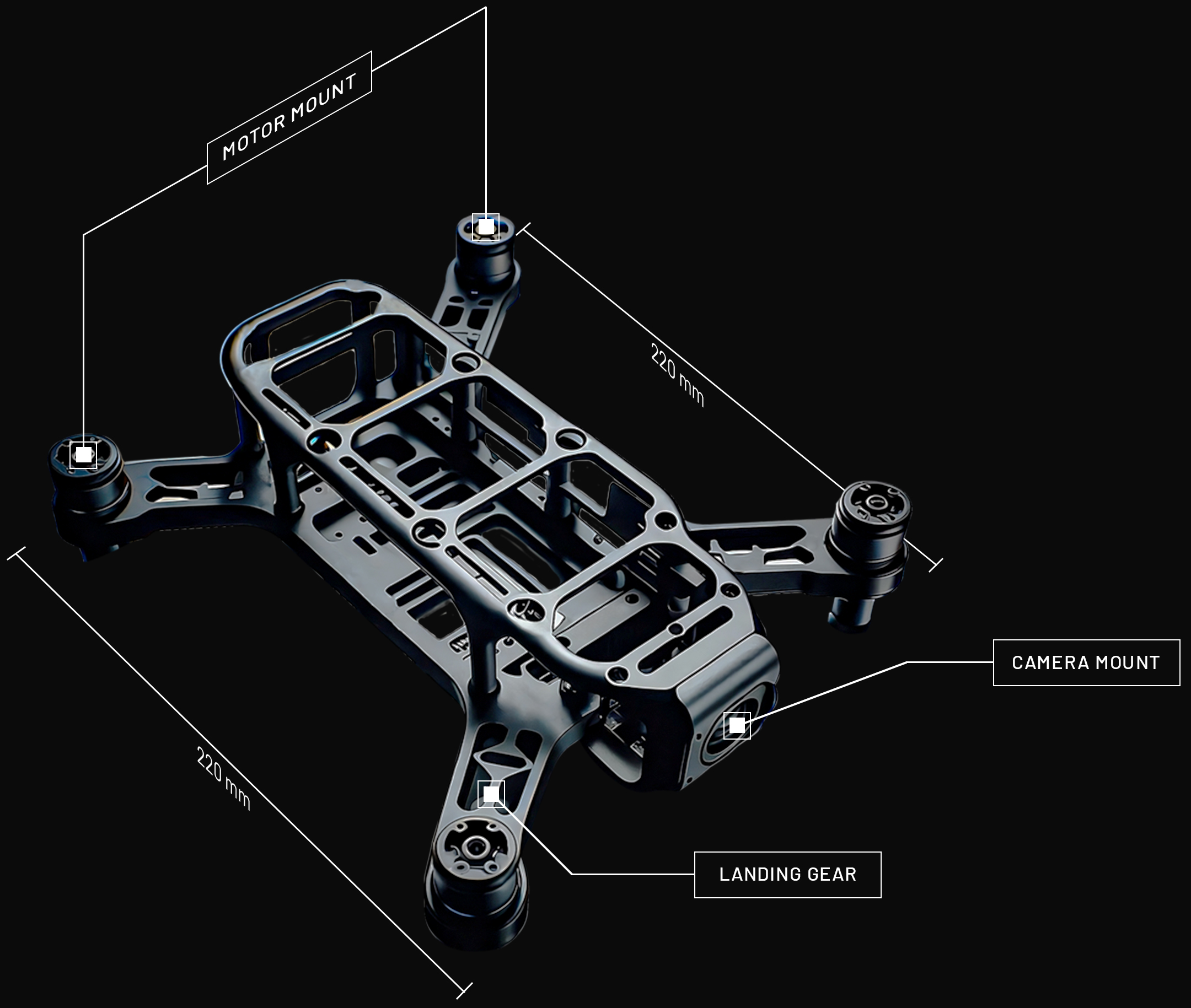
Ethereal Machines is a Deep-Tech start-up leading the innovation of 5-Axis CNC machining technology in India. Solving gaps in manufacturing, for industries extending from plastic to aerospace to drone manufacturing and aerospace to healthcare industries.
We provide CNC Machining Services that range from prototyping to mass production, delivering parts with high accuracy and quality to meet diverse production needs.
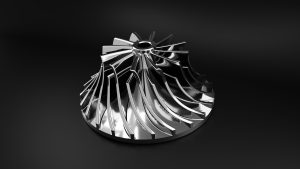
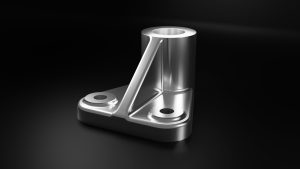
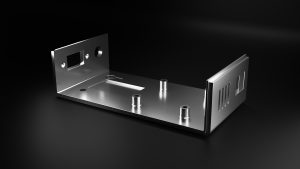
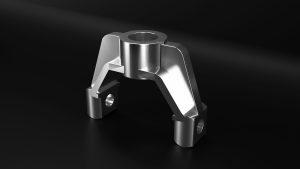
Optimize Your Manufacturing Process with Ethereal Machines. Experience precision, quality, and customization like never before.
Ethereal Machines develops cutting-edge technological platforms tailored for diverse manufacturing industries, including aerospace, healthcare, electronics, and drone production, using state-of-the-art 5-Axis CNC machining solutions. Our advanced capabilities provide a distinct competitive advantage in part size, material options, finishing techniques, and customer service.
Simple. Fast. Precise.
Check out how Ethereal Machines is leading the innovation in high-tech CNC machining across the globe.
Dive Deeper into CNC Innovations and Their Impact Across Industries.
Views: 32066
Please fill out the form below andwe will get back to you pronto!
Please fill out the form below andwe will get back to you pronto!
Please fill out the form below andwe will get back to you pronto!
Join our Mailing List
Stay updated with all things Ethereal!